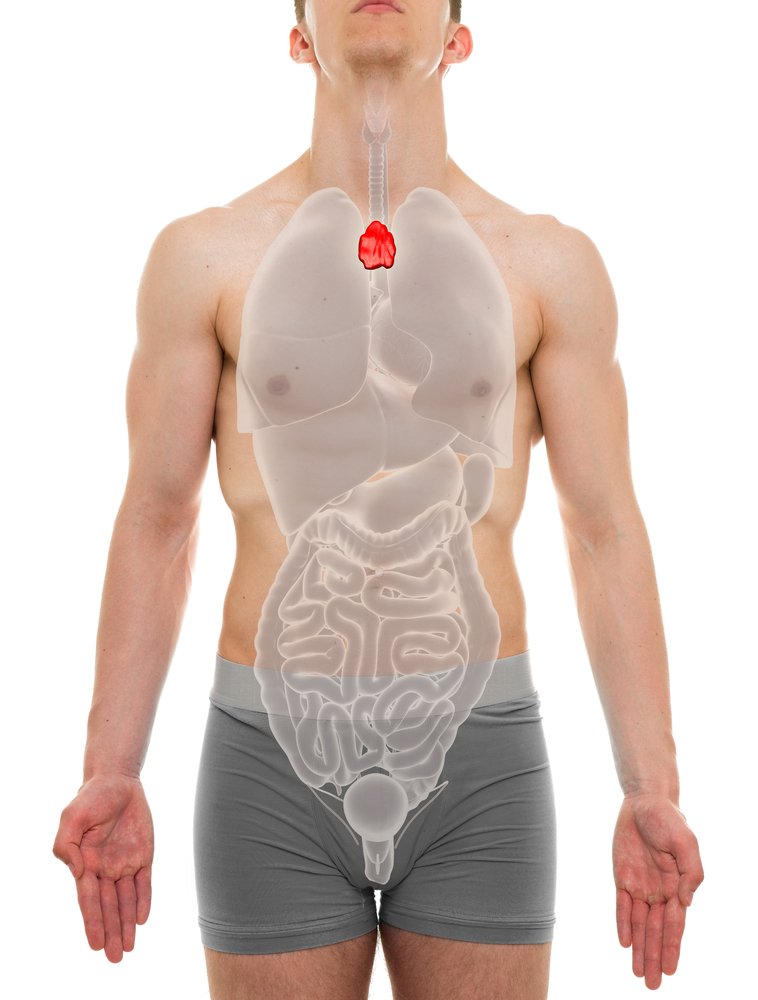Thymus Surgery Plus Medicine Beats Medicine Alone as a Myasthenia Gravis Treatment, Trial Reports
Written by |

Medical professionals have debated whether removing the thymus of a person with myasthenia gravis is an effective way of treating their disease.
A Phase 3 clinical trial seems to have settled the debate. It concludes that the surgery, known as a thymectomy, plus medication is better than medication alone in treating the disease.
The thymus is a gland located in the upper chest. It plays an important role in the development of the immune system because it is responsible for producing T-cells, white blood cells central to immunity. Faulty thymus function can cause the immune system to attack the body’s own cells and tissues, and affect the connections between neurons and muscles, leading to the development of myasthenia gravis.
Researchers published their findings in the New England Journal of Medicine. The study was titled “Randomized Trial of Thymectomy in Myasthenia Gravis.”
“The results of this study unequivocally prove that extended transsternal thymectomy improves clinical outcomes of patients with generalized MG [myasthenia gravis],” the team wrote. “Patients who were randomized to trans-sternal thymectomy had significantly improved symptoms of MG.”
Researchers wanted to see whether thymectomy and medicine, or medicine alone, was the best treatment option for the 126 patients in the Phase 3 MGTX trial (NCT00294658). Patients were randomly assigned either to surgery and prednisone or to prednisone alone. The team followed patients for up to three years after treatment.
The trial showed that, compared with those who received prednisone, those who had both a thymectomy and prednisone treatment:
- had a better disease status.
- needed less prednisone.
- had better scores on the Myasthenia Gravis Activities of Daily Living scale, which measures patients’ functioning.
- had to use the immunosuppressant azathioprine less. The figures were 48 percent for the prednisone-only group, versus 17 percent for the thymectomy group.
- were hospitalized less. The figures were 37 percent of the prednisone-only group versus 9 percent for the thymectomy group.
Despite the results, researchers said “many questions still need to be answered in regard to the role of thymectomy in MG.”
One example: Although the trial supported a combination of thymectomy and prednisone to achieve the disease’s remission, optimal treatment protocols have yet to be determined.
Myasthenia gravis is a long-term auto-immune neuromuscular disease that leads to varying degrees of skeletal muscle weakness. It commonly affects muscles that control the eyes and eyelids, facial expressions, chewing, swallowing, and speaking. But it can also affect other parts of the body.
The condition arises from errors in transmitting nerve impulses to muscles.






Leave a comment
Fill in the required fields to post. Your email address will not be published.